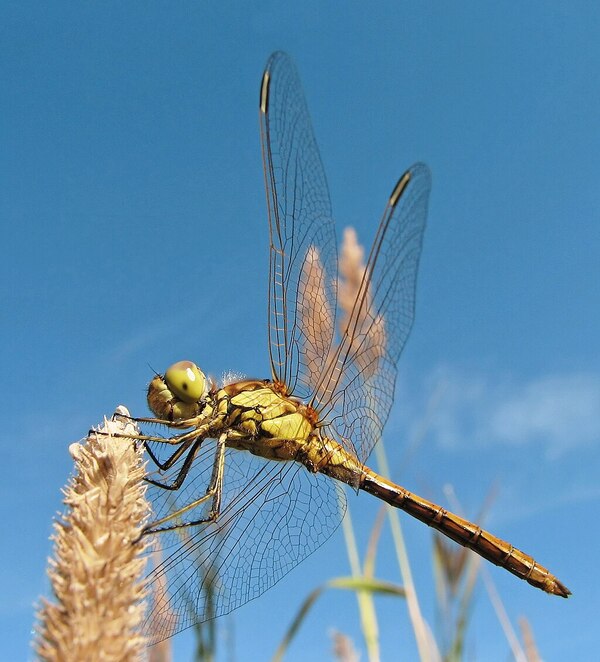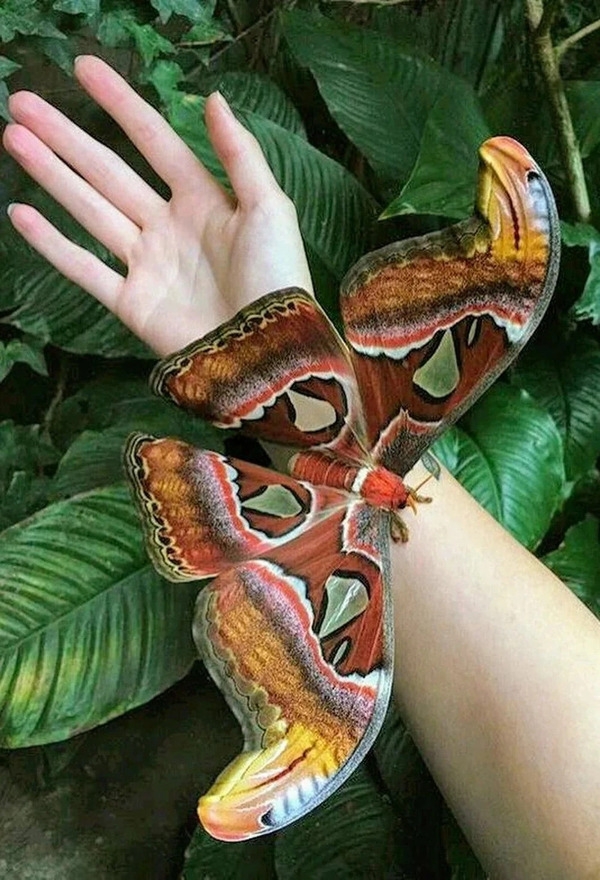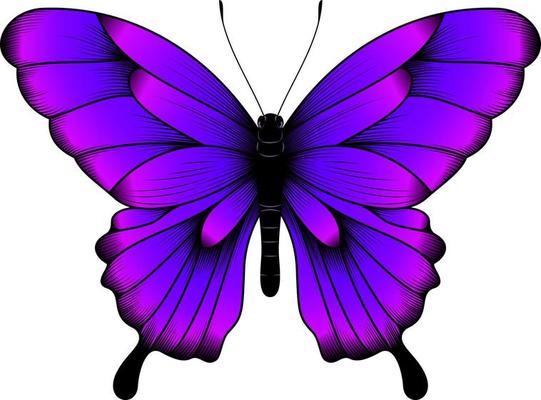Flying insects captivate our curiosity, especially those of impressive size. These creatures, whether they hover silently or buzz loudly, play critical roles in ecosystems and offer insights into evolution, biology, and even our fears. In this article, we’ll dive into the fascinating world of large flying insects, exploring their species, behaviors, habitats, and more.
Large dragonflies, such as the Giant Darner, are among the most skilled fliers. With wingspans reaching up to 13 cm (5 inches), they excel in catching prey mid-air. Dragonflies are ancient insects, dating back over 300 million years, and their impressive flying ability remains unmatched in the insect world.

Some moths, like the Atlas moth and Luna moth, boast wingspans of up to 25 cm (10 inches). These nocturnal creatures are not only visually stunning but also important pollinators. Their delicate, furry bodies and soft wing patterns often disguise their incredible strength and endurance in flight.

Large beetles, including the Hercules beetle and Rhinoceros beetle, can surprise many with their ability to fly despite their heavy, armored appearance. Their wings are hidden beneath tough elytra, providing protection when not in use.

The Tarantula Hawk, a giant wasp, is as intimidating as it is fascinating. Known for hunting tarantulas, these wasps have powerful wings that make their buzzing flight unforgettable. Similarly, Cicada Killer Wasps dominate the skies with their impressive size and predatory prowess.

Large butterflies, such as Swallowtails and the Queen Alexandra’s Birdwing, offer a stark contrast to their more aggressive insect counterparts. Their colorful wings serve as both a warning to predators and a tool for attracting mates, making them symbols of beauty and survival.
Large flying insects, especially butterflies and moths, play vital roles as pollinators. They help maintain biodiversity by transferring pollen across vast areas.
Dragonflies and certain wasps demonstrate the predatory power of large flying insects. They help control populations of smaller insects, keeping ecosystems in balance.
Some large flying insects, like locusts, can gather in swarms that stretch for miles. These behaviors, often triggered by environmental changes, showcase the astonishing coordination of insect species.
Tropical rainforests host some of the largest and most diverse flying insects, including giant moths and vibrant butterflies. These habitats provide the resources needed for their growth and reproduction.
Flying insects in deserts, like large beetles and certain grasshoppers, exhibit unique adaptations for surviving arid climates.
Many large flying insects, such as crane flies or flying ants, thrive in urban areas. They often cause surprise and sometimes fear when encountered by humans.
Many large flying insects are most active in the warmer months, emerging from pupae or hibernation to feed, mate, and thrive.
Moths dominate the night skies with their silent, purposeful flight, drawn to light sources as they search for food and mates.
The buzzing of large flying insects, like wasps or beetles, often sparks fear. However, most of these creatures are harmless unless provoked.
Crane flies are often mistaken for oversized mosquitoes, but they don’t bite humans. Similarly, some large beetles are thought to be pests when they are actually beneficial to the environment.
Large flying insects can sometimes become pests, requiring sustainable control methods to minimize harm to ecosystems.
The flight of large insects, such as dragonflies, relies on specialized wing structures that allow them to hover, glide, and dart with precision. Scientists study these mechanisms for inspiration in robotics and aeronautics.
Fossil evidence reveals that ancient insects, like Meganeura, had wingspans of up to 70 cm (28 inches). These prehistoric giants thrived in oxygen-rich environments, offering a glimpse into Earth’s evolutionary past.
In various cultures, large flying insects symbolize transformation, strength, or even omens. Butterflies, for instance, are often associated with rebirth and beauty.
Some large insects, like flying stick insects, use gliding as a means of movement rather than true flight, showcasing the diversity of aerial adaptations in the insect world.
Large flying insects are more than just impressive creatures; they are vital to ecosystems, fascinating subjects of study, and, at times, misunderstood marvels of nature. By understanding their roles, habitats, and interactions, we can appreciate the complexity of these aerial giants and their contributions to our planet. Whether they buzz, glide, or flutter, large flying insects remind us of the diversity and wonder of the natural world.
animal tags: Butterflies
We created this article in conjunction with AI technology, then made sure it was fact-checked and edited by a Animals Top editor.